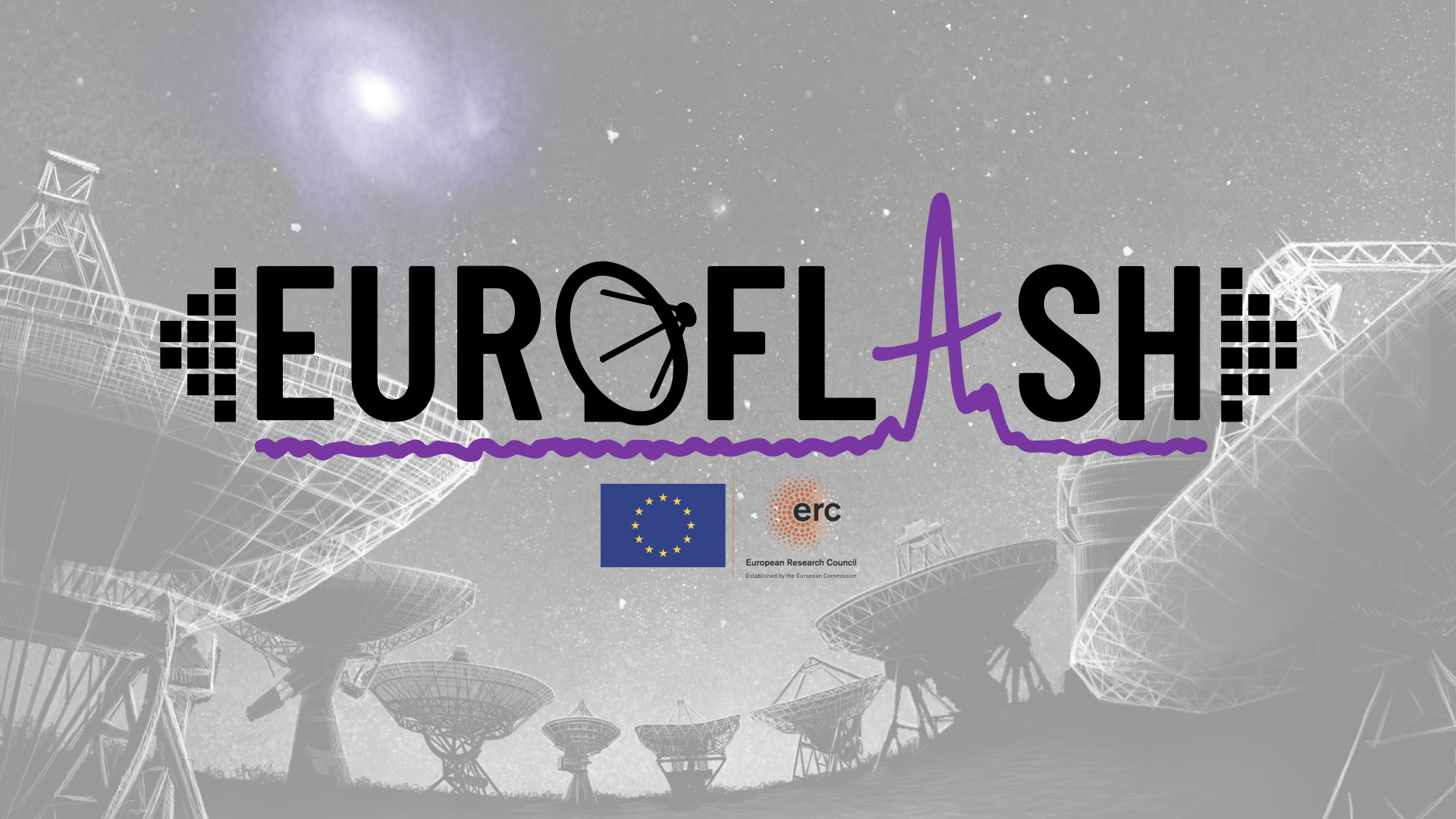 March 30, 2023
March 30, 2023
Fast radio bursts (FRBs) present astronomers with a compelling mystery: what is creating these brilliant but ephemeral flashes that travel billions of lightyears before reaching Earth? Whatever is producing the FRBs, it requires an extreme energy density and the conditions for `laser-like’ coherent radio emission to be generated. While recent discoveries show that magnetars are a leading contender, the heterogeneous properties of the known FRB sample strongly suggest that there are multiple FRB source types. If so, then we have multiple mysterious FRB origins to uncover. Due to the great interest in solving this puzzle, enormous progress has been made in recent years. There are now hundreds of known FRB sources, dozens of which repeat, and some of which have been localised to their exact galactic neighbourhoods. The FRB sample continues to grow at a rapid pace of several new sources per day, thanks to new wide-field radio telescopes. Studying these sources with dedicated follow-up is challenging because they emit sporadically and are only visible for milliseconds or less. At the same time, by casting an even wider net we are likely to discover new types of FRB-like signals. With EuroFlash, a recently awarded ERC Advanced grant, I will create a coordinated network of European radio telescopes operating over a broad range of radio frequencies, providing high sensitivity and observing cadence, and achieving the best-possible localisations. I will use this network to perform a world-leading, systematic study of repeating FRBs, to understand their progenitor(s) and their relation to the apparently one-off FRB sources. I will also make a novel exploration of the parameter space of short-duration radio transients by exploiting the large field-of-view of LOFAR2.0 and commensal observations to find new sources. In doing so, I aim to discover new types of astrophysical phenomena that probe the extremes of the Universe.
Credit: Futselaar/Hessels/ASTRON.
